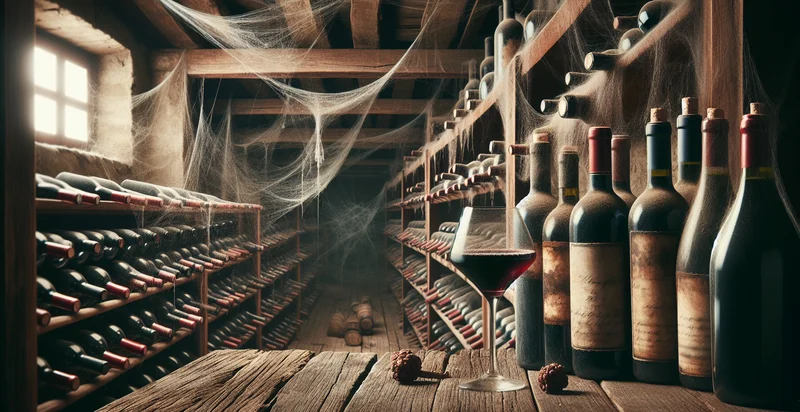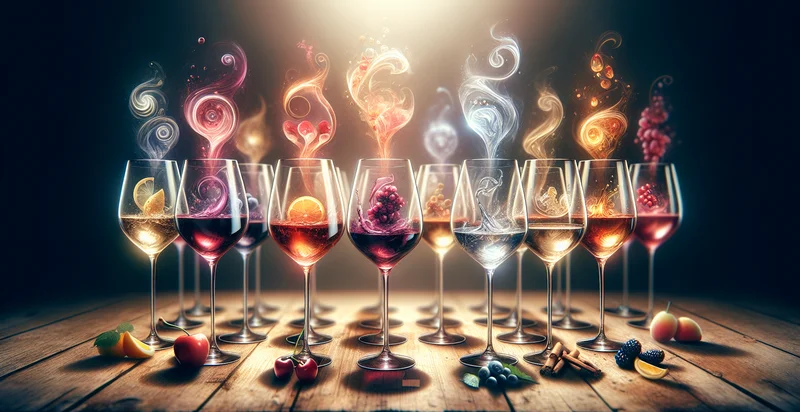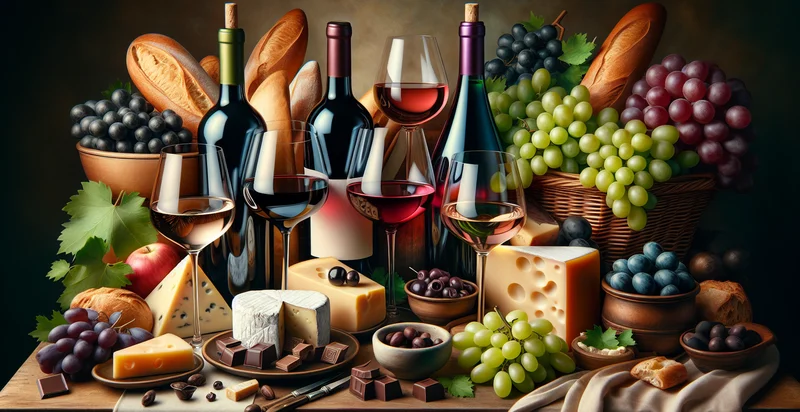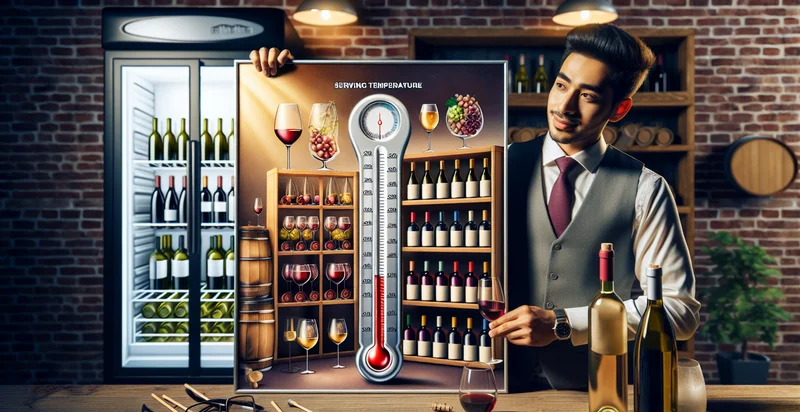Identify wine ages by description
using AI
Below is a free classifier to identify wine ages by description. Just input your text, and our AI will predict the optimal aging potential of a wine based on its description. - in just seconds.

Contact us for API access
Or, use Nyckel to build highly-accurate custom classifiers in just minutes. No PhD required.
Get started
import nyckel
credentials = nyckel.Credentials("YOUR_CLIENT_ID", "YOUR_CLIENT_SECRET")
nyckel.invoke("wine-ages-by-description", "your_text_here", credentials)
fetch('https://www.nyckel.com/v1/functions/wine-ages-by-description/invoke', {
method: 'POST',
headers: {
'Authorization': 'Bearer ' + 'YOUR_BEARER_TOKEN',
'Content-Type': 'application/json',
},
body: JSON.stringify(
{"data": "your_text_here"}
)
})
.then(response => response.json())
.then(data => console.log(data));
curl -X POST \
-H "Content-Type: application/json" \
-H "Authorization: Bearer YOUR_BEARER_TOKEN" \
-d '{"data": "your_text_here"}' \
https://www.nyckel.com/v1/functions/wine-ages-by-description/invoke
How this classifier works
To start, input the text that you'd like analyzed. Our AI tool will then predict the optimal aging potential of a wine based on its description..
This pretrained text model uses a Nyckel-created dataset and has 6 labels, including Early Mature, Fully Mature, Mature, Old, Over The Hill and Young.
We'll also show a confidence score (the higher the number, the more confident the AI model is around the optimal aging potential of a wine based on its description.).
Whether you're just curious or building wine ages by description detection into your application, we hope our classifier proves helpful.
Related Classifiers
Need to identify wine ages by description at scale?
Get API or Zapier access to this classifier for free. It's perfect for:
- Wine Retail Analysis: Retailers can utilize the 'wine ages by description' function to categorize their inventory based on descriptive terminology. This allows for more efficient marketing strategies and targeted promotions by showcasing wines that fit specific age profiles to potential customers.
- Wine Auction Valuation: Auction houses can employ this function to determine the estimated age of wine based on its description. By accurately identifying the age, they can set more precise starting bids and justify price points for collectors and investors.
- Wine Pairing Recommendations: Restaurants and sommeliers can enhance their wine pairing suggestions by analyzing age-related descriptions. This enables them to suggest wines that complement specific dishes, improving customer satisfaction and service quality.
- Consumer Education: Wine education platforms can use this function to provide insights into wine aging characteristics based on descriptive text. This encourages consumers to understand the nuances of wine aging and empowers them to make informed purchasing decisions.
- Inventory Management: Wineries can leverage the function to monitor and evaluate their stock based on the age of wines described in their catalogs. This assists in effective inventory rotation and helps identify which wines may need to be sold before reaching their peak.
- Quality Control Assessment: Wine producers can apply this function during quality assessments to categorize wines by expected aging potential. By understanding how different descriptions correlate with age, producers can improve their production processes and quality standards.
- Marketing Campaign Development: Marketing teams can utilize the information from this function to craft campaigns that focus on the emotional aspects of wine aging. By aligning age-related descriptions with target demographics, they can create compelling narratives that resonate with consumers.


